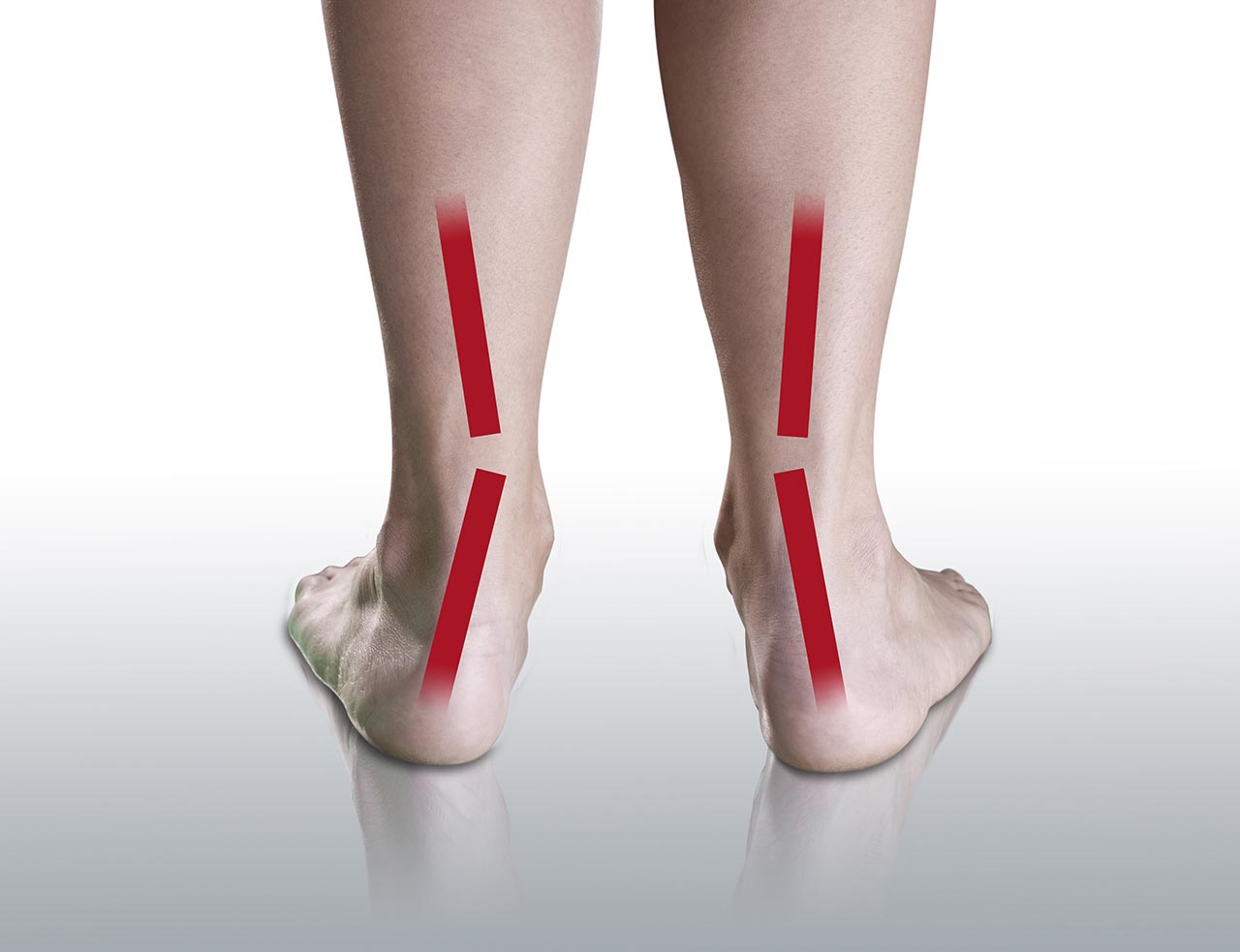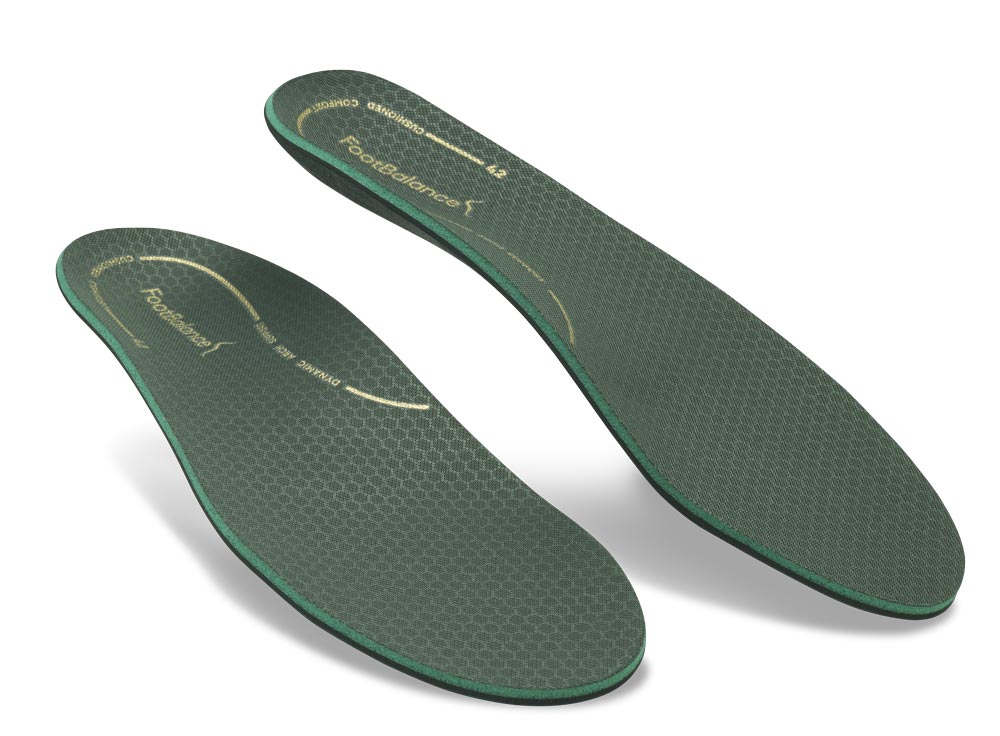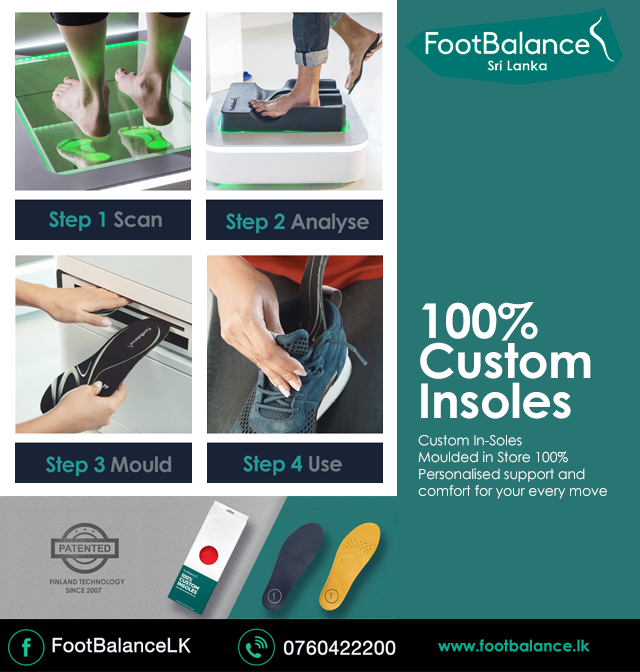Overpronation and Flat Feet?
In general, overpronation refers to how you walk, which can cause flat feet. The condition of flat feet is characterized by little to no arch in the foot. It is possible to inherit flat feet or develop them over time. People can have flat feet because their arches never developed. Your arches might collapse as a result of injury to the leg tendon that supports them. The condition is referred to as adult-acquired flat feet or fallen arches.

What is overpronation?
Overpronation is when your ankles roll inwards when you walk. It is a common GAIT problem that can cause your feet to fatigue quickly while walking or running. With too much pronation, your foot rolls inwards too far and you put pressure on your shins and knees. Too much pronation can lead to joint, muscle and knee pain. It can also make walking and running difficult and cause foot pain.
Your arches are the bones on the bottom of your feet that support your weight and help you maintain your balance when you move. Your arches play a crucial role in supporting the legs and knees. A normal arch height for an adult is between 5-6 centimeters. People with flat feet have low or no arches, and this can lead to other problems like ankle pain, knee problems, hip problems and lower back pain. Foot complications caused by flat feet can make it uncomfortable to walk or even stand for long periods. The condition can also lead to other problems with your legs like Achilles tendonitis and shin splints.

Overpronation can leads to Fallen Arch
Causes of Flat Feet
The primary cause of flat feet is overuse of the muscles in the leg that are connected to the arch. This can lead to the weakening of these muscles and cause the arch to fall. Other causes include sprains and strains to the ligaments that support the arch, and some babies are born with flat feet because of problems with the development of the bones in the foot. Additional factors that can contribute to developing flat feet include diabetes, obesity, arthritis, pregnancy, an inherited abnormality in the foot structure, and the use of certain medications.
Symptoms
The symptoms of flat feet typically develop gradually over some time. However, they can also develop rapidly following an injury to the foot. The most common symptoms of flat feet include pain in the ankles, legs, and lower back, as well as difficulty walking and performing other physical activities. Other symptoms may include numbness or tingling in the toes, calluses on the bottom of the feet, and heel spurs.
Treatments
Flat feet can be treated with rest, pain medications, physical therapy, and anti-inflammatory medications. If the cause is found to be a medical condition such as diabetes or arthritis, your doctor may recommend treating the condition with medication or a change in your diet. In some cases, surgery may be necessary to repair the damaged ligaments and restore normal function to the foot.
Tips to prevent the development of flat feet
There are a few things you can do to prevent the recurrence of flat feet. Your physician may suggest that you change the type of shoes you wear or wear inserts called orthotics that provide extra support to the bottom of the foot. This is also known as custom moulded insoles. Now available in Sri Lanka as well. Exercising the muscles in your feet regularly will also help strengthen your arches and reduce pressure on your joints. See a doctor if your symptoms are severe or do not improve after a few weeks of treatment.
Sponsored





